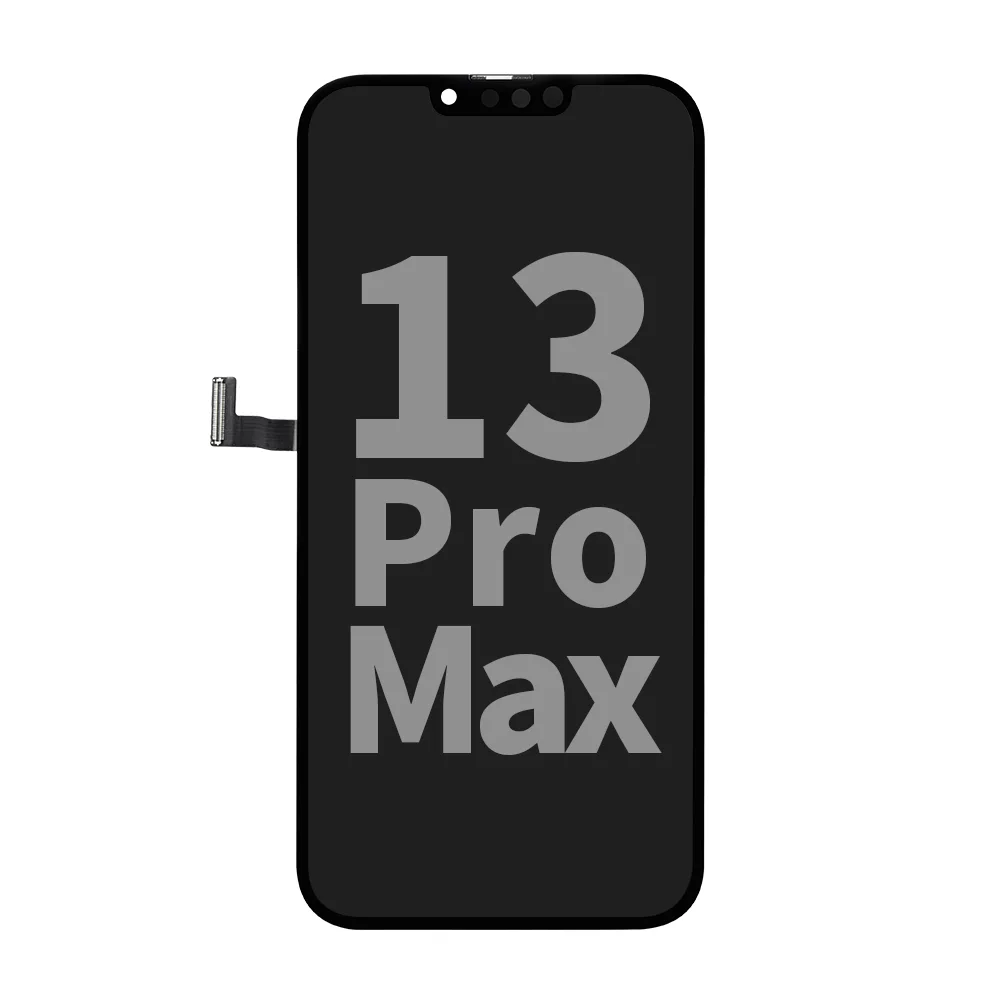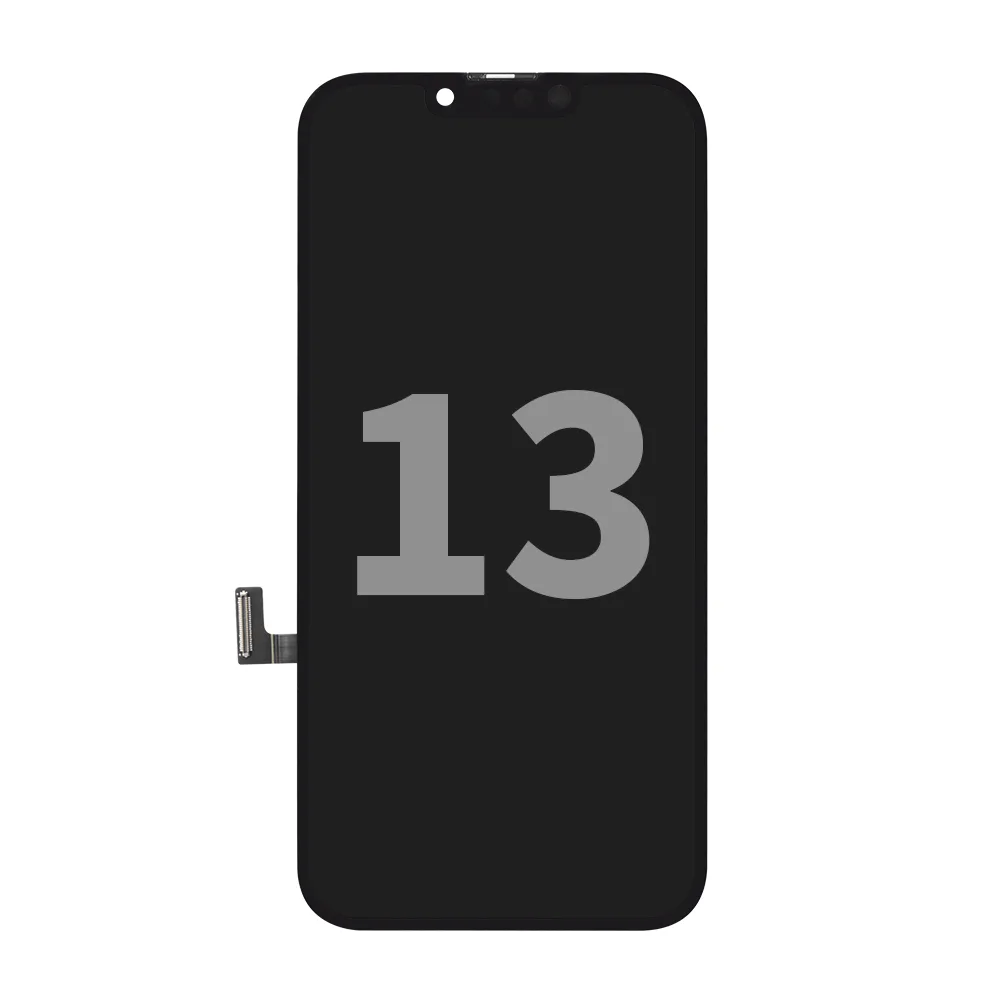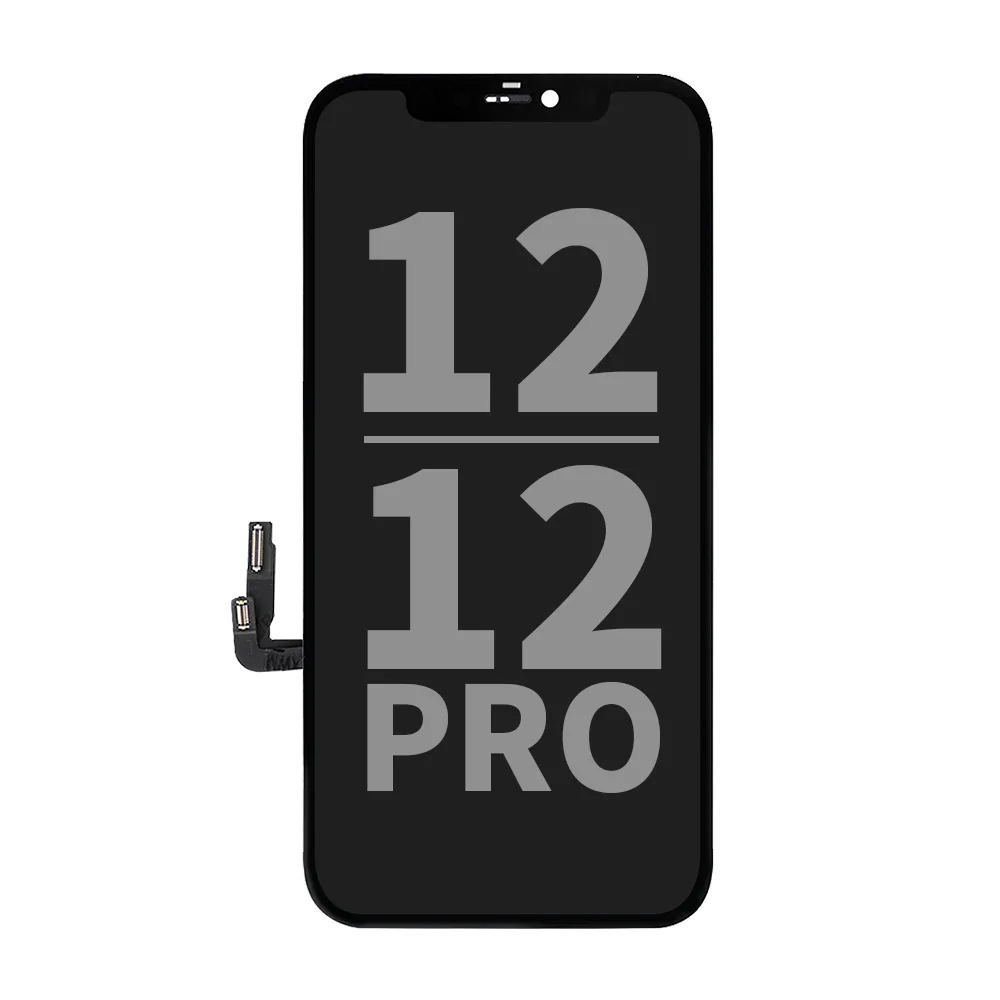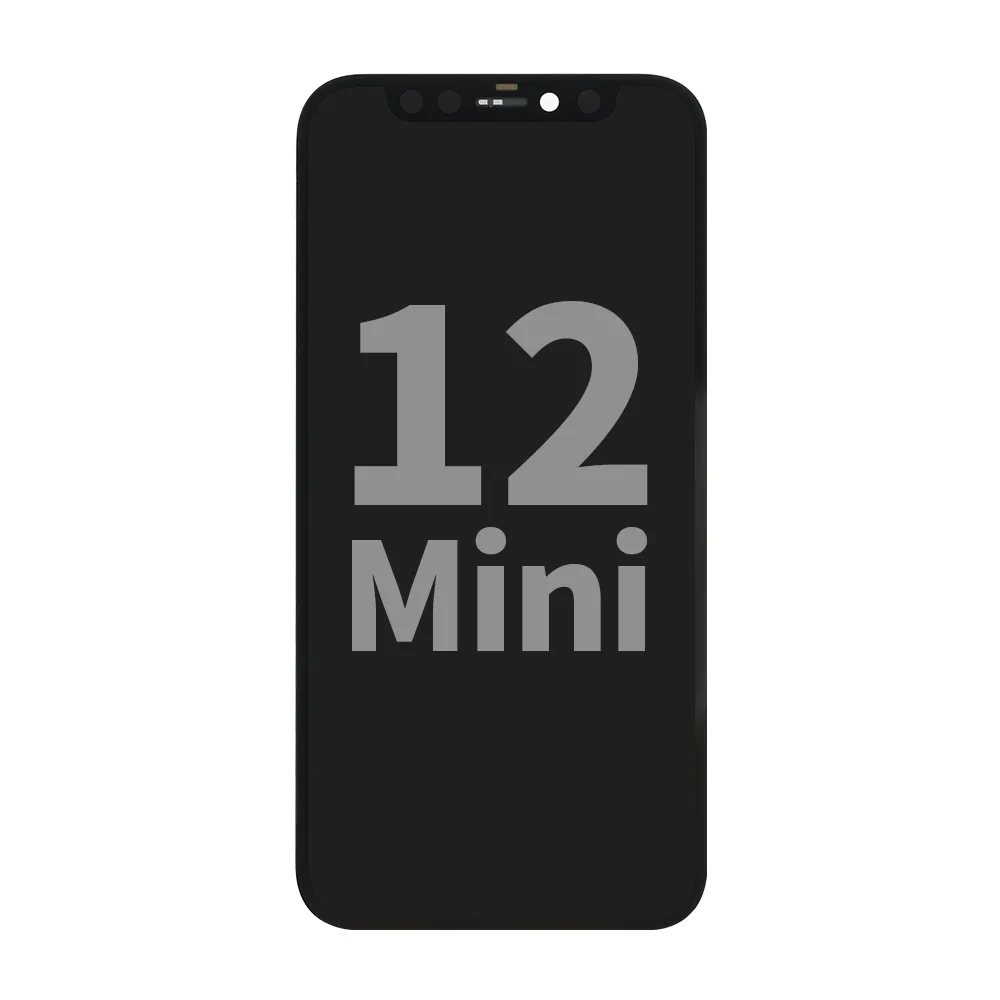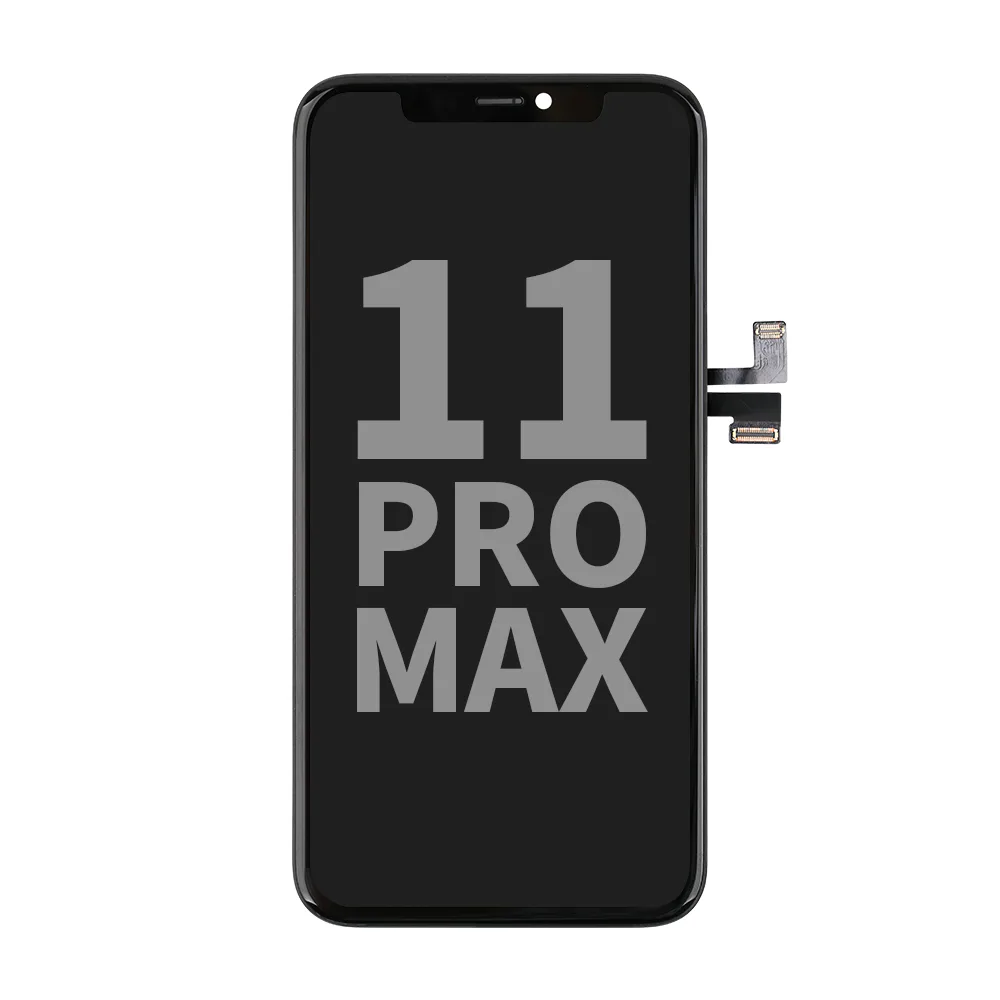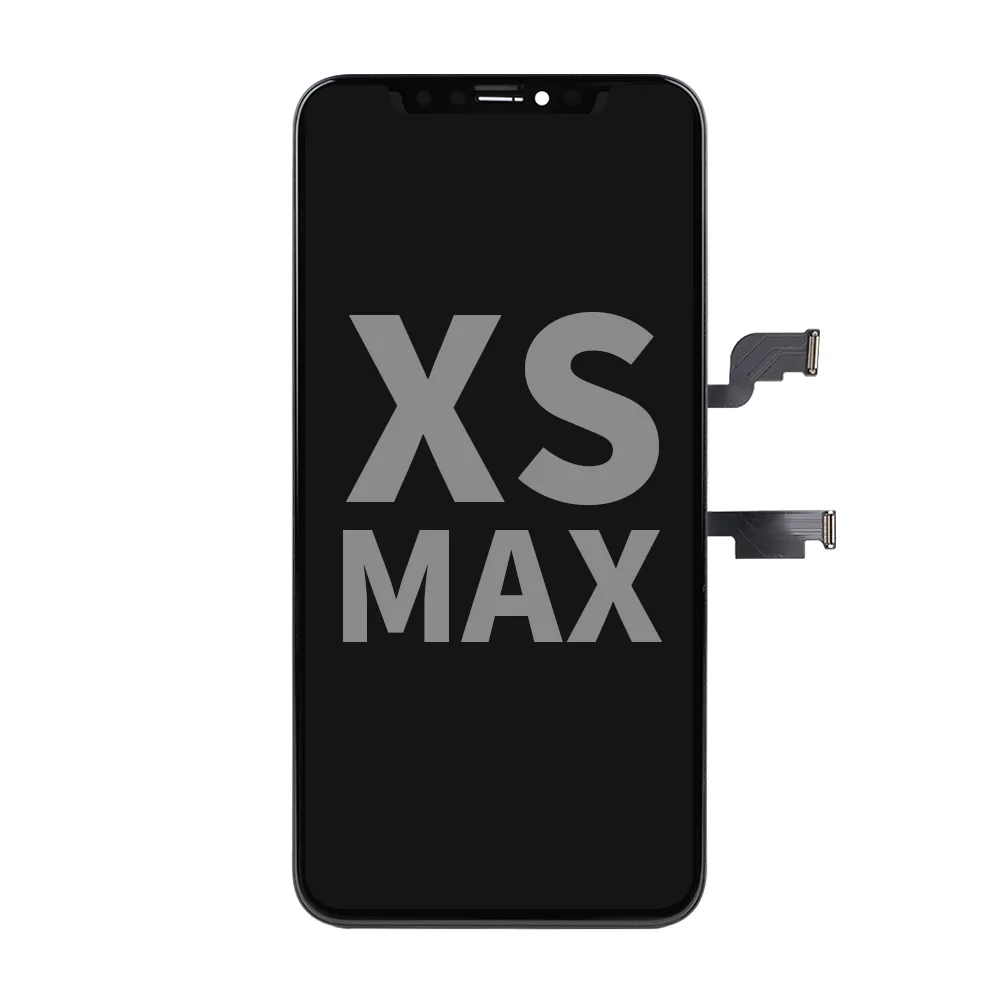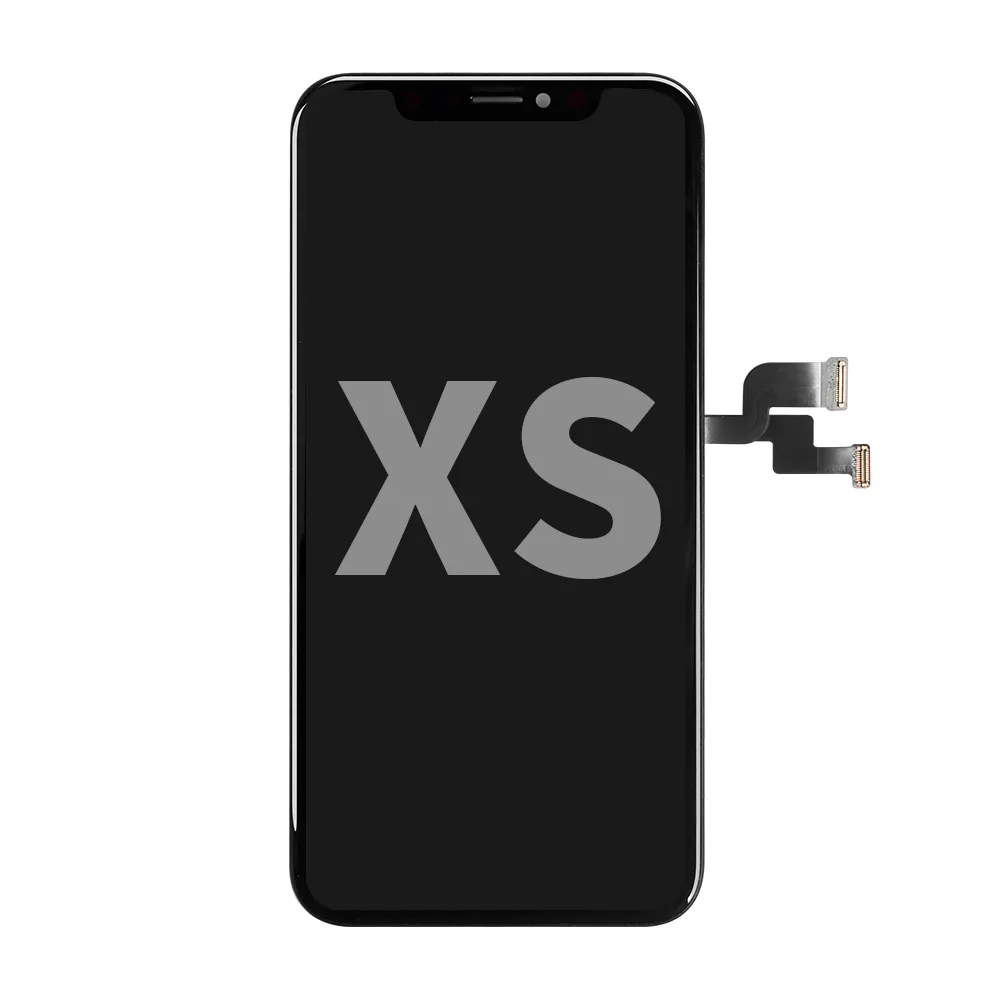In the mobile repair industry, one of the most debated topics is whether Hard OLED screens (rigid OLED) are worth replacing. Some say Hard OLED screens are fragile, dim, and less durable. Others insist that with the right brand and supply chain control, they deliver solid performance at a great price.
So what’s the truth? In this article, we look at real feedback from the repair market and the technology behind it — and why more and more European repair shops are turning to NCC Hard OLED display assemblies.
1. Online Debate Around Hard OLED Screens
Across repair forums and technician communities, opinions on Hard OLED aftermarket screens are sharply divided.
Some repair technicians say:
“Yes, Hard OLEDs tend to crack more easily, but they’re much cheaper. For customers on a budget, it’s a very reasonable choice.”
Meanwhile, users share experiences like:
“I’ve used a Hard OLED for 8 months, dropped my phone several times, and it’s still intact. Much better than my old LCD.”
Here’s a summary of the most common viewpoints:

- Some repair engineers point out that low-quality Hard OLEDs can suffer from low brightness, color shift, or weak durability — especially those sourced from cheap suppliers.
- Experienced technicians report that premium Hard OLED panels offer stable performance, accurate colors, and even lower return rates than older LCD screens.
- From the user side, many say Hard OLED strikes a solid balance between display quality and cost. With proper daily care, its lifespan can be impressive.
In short: the quality of a Hard OLED aftermarket display assembly depends heavily on the supplier and brand.
2. What Exactly Is a Hard OLED Screen?
A Hard OLED screen uses a rigid glass substrate as its structural base. Unlike Soft OLED screens, which are built on flexible plastic substrates, Hard OLEDs cost less but are physically stiffer — hence the name “hard.”
Structural features:
- Substrate: rigid glass base
- Display: self-emissive pixels with high color saturation
- Cost: significantly lower than Soft OLED and original OEM panels
Common compatible models: iPhone X, XS, 11 Pro Max, and many others (NCC now covers nearly all iPhone models and selected Samsung and Xiaomi models).
3. Pros and Cons of Hard OLED Screens
| Advantages | Disadvantages |
|---|---|
| Excellent price-to-performance ratio | Slightly more brittle under impact |
| Color saturation close to original OLED | Brightness lower than Soft OLED |
| Easier for soldering and DIY repair | Slightly thicker frame |
| Wide compatibility and abundant repair parts | Lower-end versions may show color deviation |
Example: NCC Hard OLED screens offer around 650 nits brightness — more than adequate for daily outdoor use.

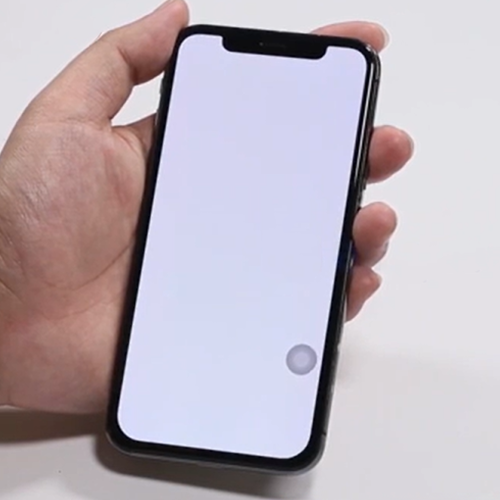
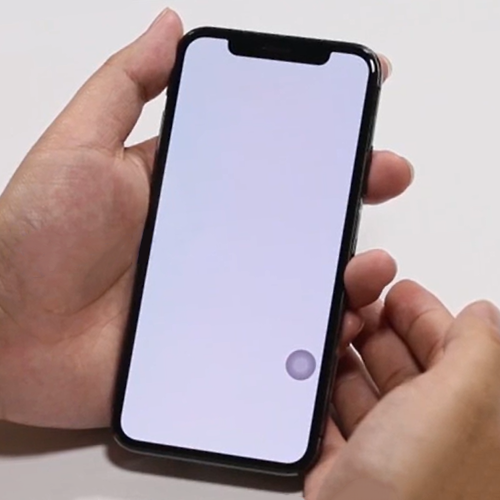

4. Are Hard OLED Screens Really Fragile?
Not necessarily.
The term “hard” describes the structure, not fragility. In real-world use, a Hard OLED’s durability is comparable to that of an LCD panel. Its “fragile” reputation largely comes from early-generation or inferior models with weak materials and outdated bonding methods.
Modern Hard OLED aftermarket screens have evolved. Thanks to improved material ratios, lamination precision, and upgraded driver ICs, the latest Hard OLED panels now feature:
- Stronger glass substrates
- Better lamination bonding
- Refined display algorithms
- Higher reliability with less image retention or “burn-in”
As a result, the failure and return rates have dropped significantly, making today’s Hard OLEDs far more stable than before.
5. Why the Repair Market Prefers Hard OLED
As Soft OLED screens remain costly and less practical for mid- to low-range repairs, Hard OLED displays have quickly become the mainstream solution for the aftermarket screen replacement industry.
Modern manufacturing technologies — such as precision lamination, improved driver ICs, and impact-resistant glass — have reshaped the Hard OLED’s image. Now, these HARD OLED screen assemblies are not only cost-effective but also deliver impressive performance in brightness, color accuracy, and contrast.
For many repair centers, Hard OLED display assemblies represent the perfect balance between affordability and OEM-like experience.
6. High Cost-Performance ≠ Low Quality

The performance of any aftermarket display assembly depends entirely on the brand’s testing standards and production control. Choosing a trusted manufacturer that performs full inspections and uses stable materials is key to ensuring durability and reliability.
This is precisely why NCC Hard OLED assemblies have earned the trust of repair professionals worldwide.
7. Why Choose NCC Hard OLED?
- Strict Quality Control: Every NCC Hard OLED undergoes multi-stage testing — brightness, color temperature, and touch sensitivity — ensuring zero dead pixels before shipment.
- Top European Sales: NCC ranks among the best-selling Hard OLED brands in Europe, trusted by professional repair shops across the region.
- Stable Structure, No Burn-In: Using reinforced glass substrates and high-reliability driver ICs, NCC panels eliminate the cracking and burn-in issues common in earlier designs.
- Superior Value: Nearly the same display quality as OEM Soft OLEDs — at only 60–70% of the cost.
- Comprehensive Support: NCC offers not only screens but also premium protective accessories (cases, tempered glass) and local after-sales services in Europe, providing a full repair solution.

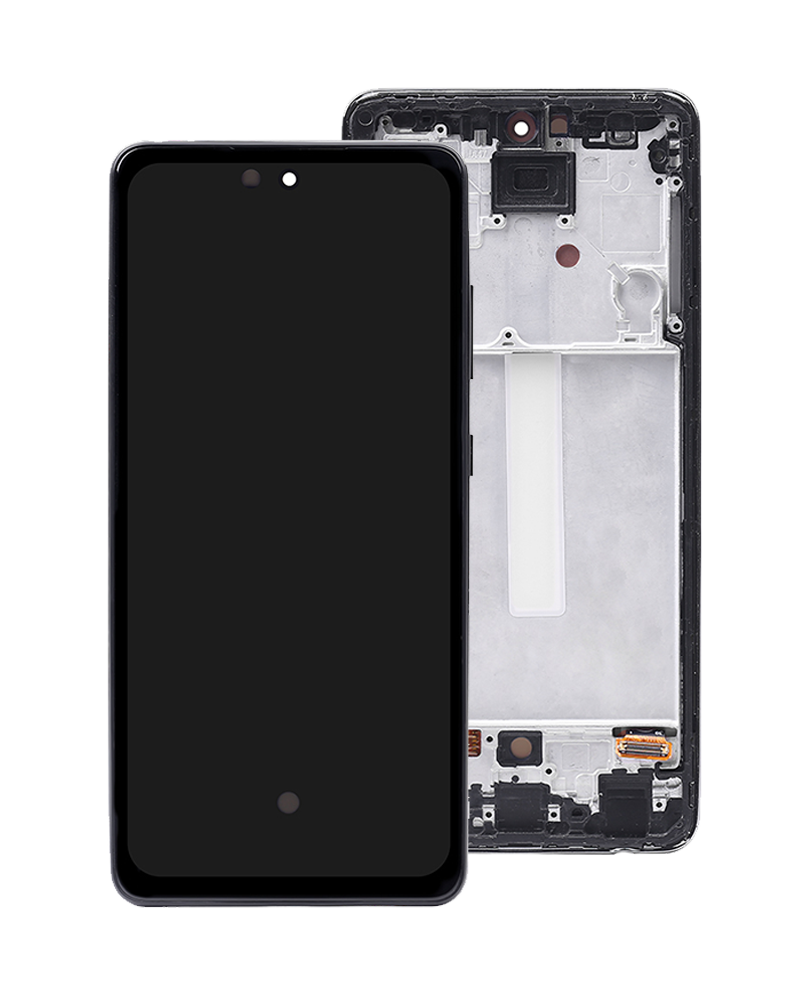

8. Conclusion: Rational Choice, Brand Determines Everything

The Hard OLED screen is not a “cheap substitute,” but rather a well-balanced solution combining cost efficiency with strong performance.
For users or technicians seeking an ideal balance between brightness, color accuracy, and budget, Hard OLED aftermarket screens are an excellent option.
And when you choose a brand like NCC, with its complete inspection system and proven track record in the European market, you ensure a reliable, high-quality display experience.
Choose NCC Hard OLED — stable assemblies, vivid display, and worry-free after-sales support.


